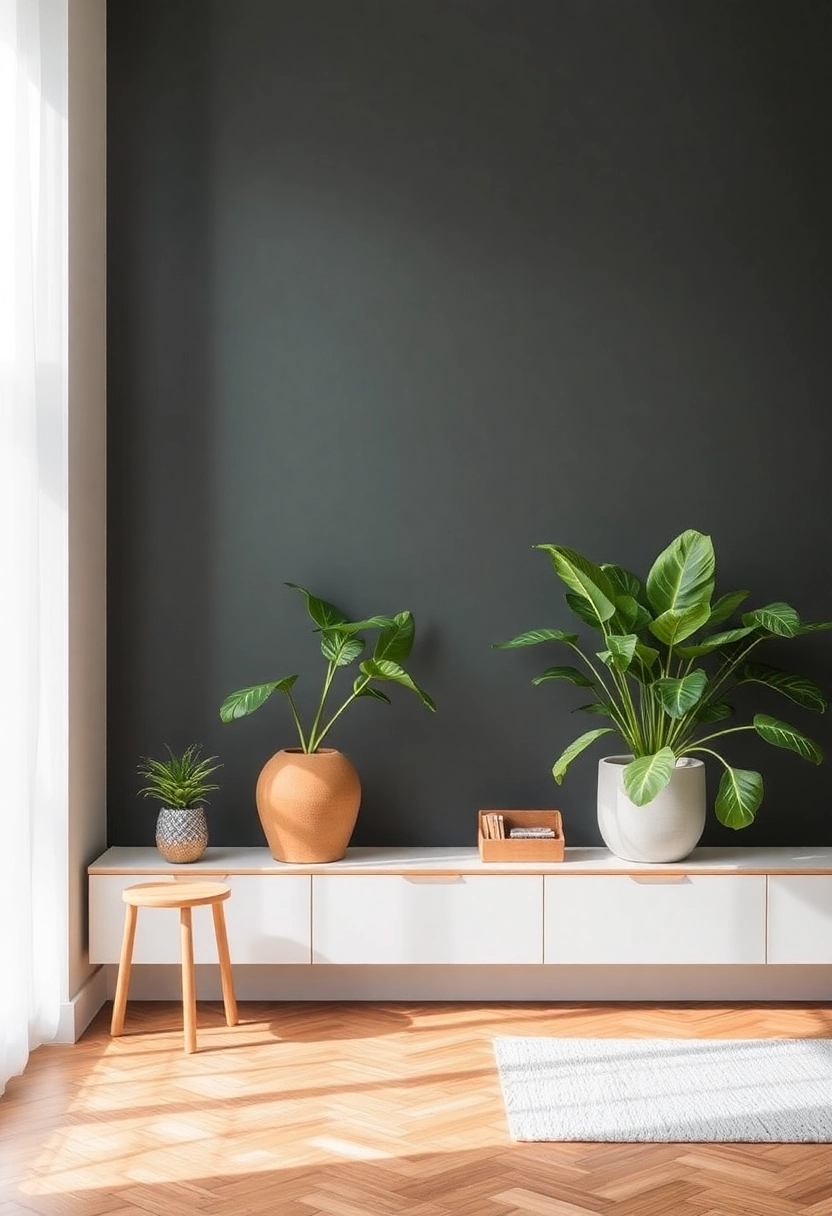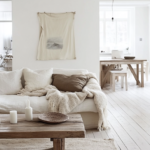Eco-Friendly Interior Design: Sustainable Choices for Your Home
— In recent years, the conversation around sustainability has moved from the periphery to the forefront of our daily lives. As we become more aware of our environmental impact, many of us are looking for ways to incorporate eco-friendly practices into our homes. One of the most effective ways to do this is through sustainable interior design. Not only does this approach help reduce our carbon footprint, but it also creates a healthier living environment. In this blog post, we’ll explore various sustainable choices you can make to transform your home into an eco-friendly haven.
Understanding Eco-Friendly Interior Design
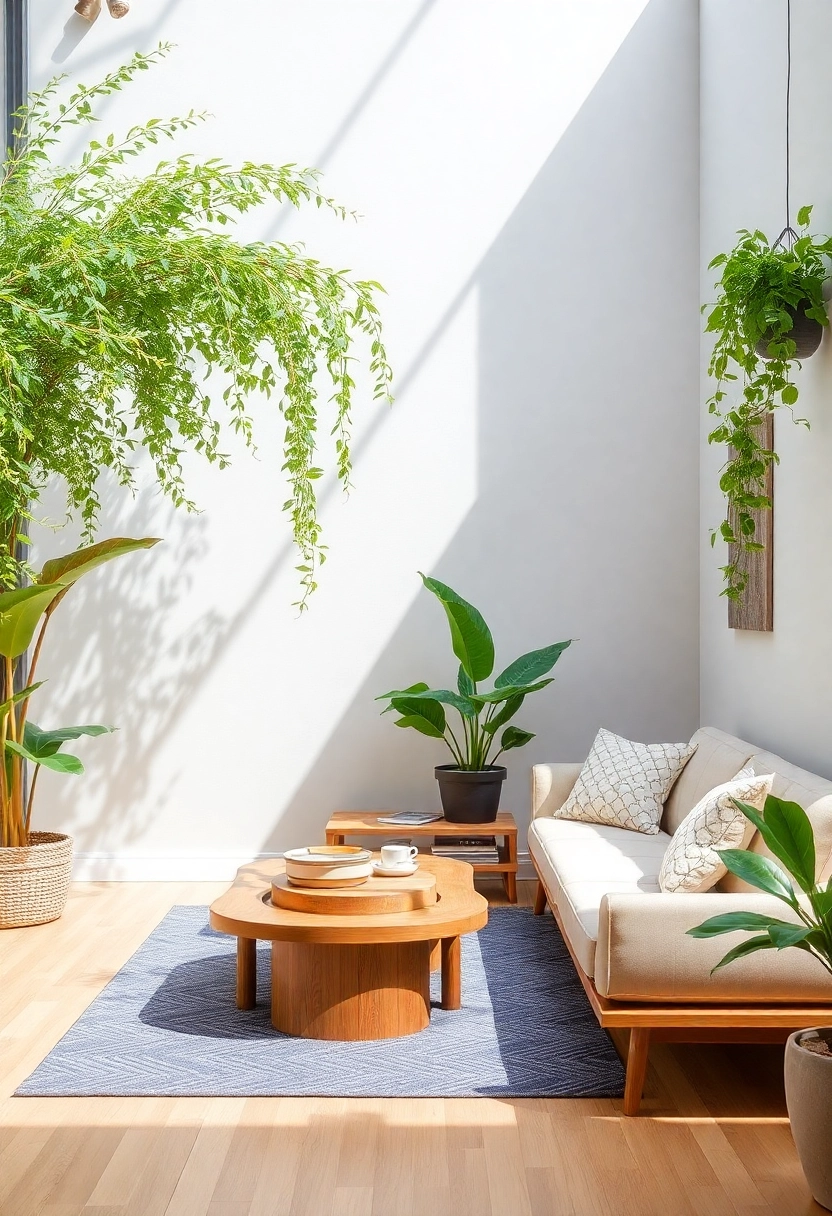
Before diving into the specifics, it’s essential to understand what eco-friendly interior design entails. At its core, this design philosophy focuses on creating spaces that are not only aesthetically pleasing but also environmentally responsible. This means using materials and products that have a minimal impact on the environment, both in their production and throughout their lifecycle. It also involves designing spaces that promote energy efficiency and reduce waste.
Choosing Sustainable Materials
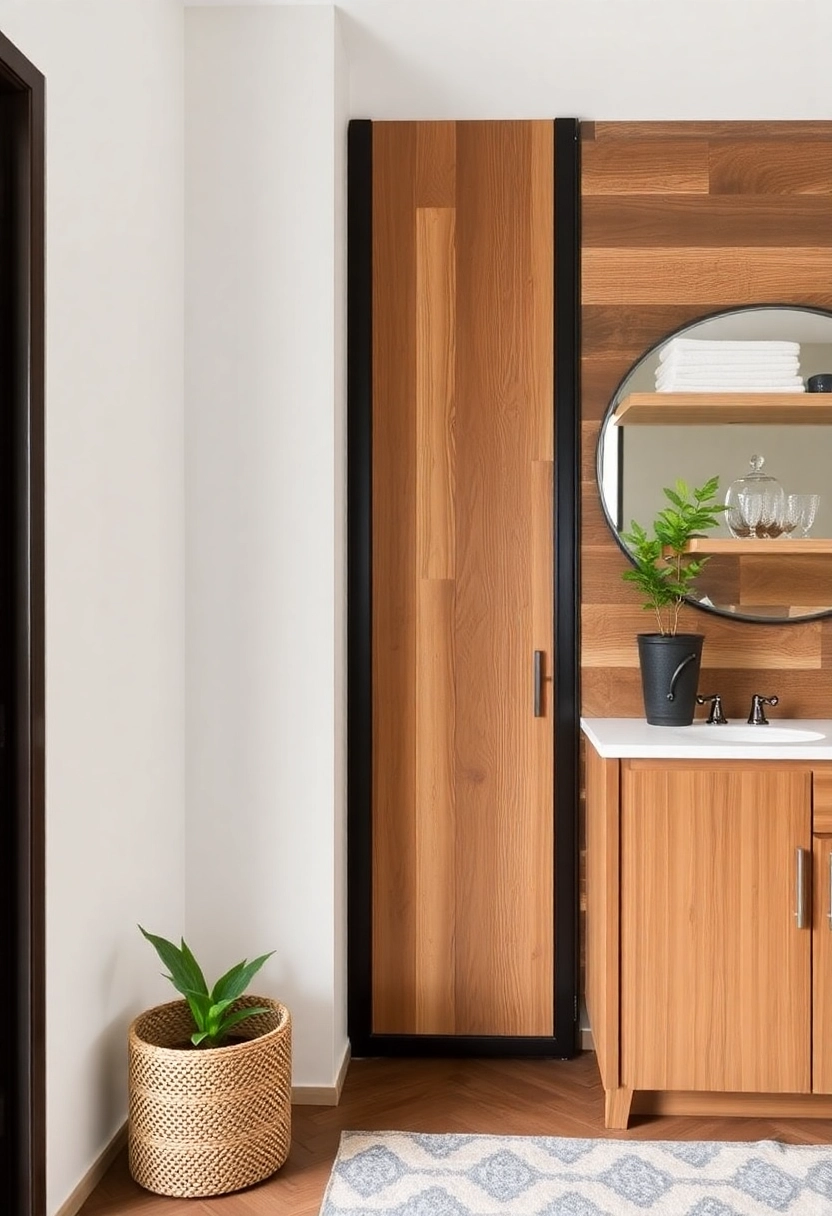
One of the most significant aspects of eco-friendly interior design is the selection of materials. Here are some sustainable options to consider: – Reclaimed Wood: Using reclaimed wood for flooring, furniture, or accent walls is a fantastic way to add character to your home while being environmentally conscious. This material is sourced from old buildings, barns, or even wine barrels, giving it a unique history and reducing the demand for new timber. – Bamboo: Known for its rapid growth and renewability, bamboo is an excellent alternative to traditional hardwood. It’s incredibly versatile and can be used for flooring, furniture, and even textiles. – Recycled Metal and Glass: Incorporating recycled metal and glass into your home design can add a modern touch while minimizing waste. These materials can be used for countertops, backsplashes, or decorative elements. – Natural Stone: While not renewable, natural stone is incredibly durable and can last a lifetime, making it a sustainable choice for countertops, flooring, and other surfaces.
Energy-Efficient Lighting
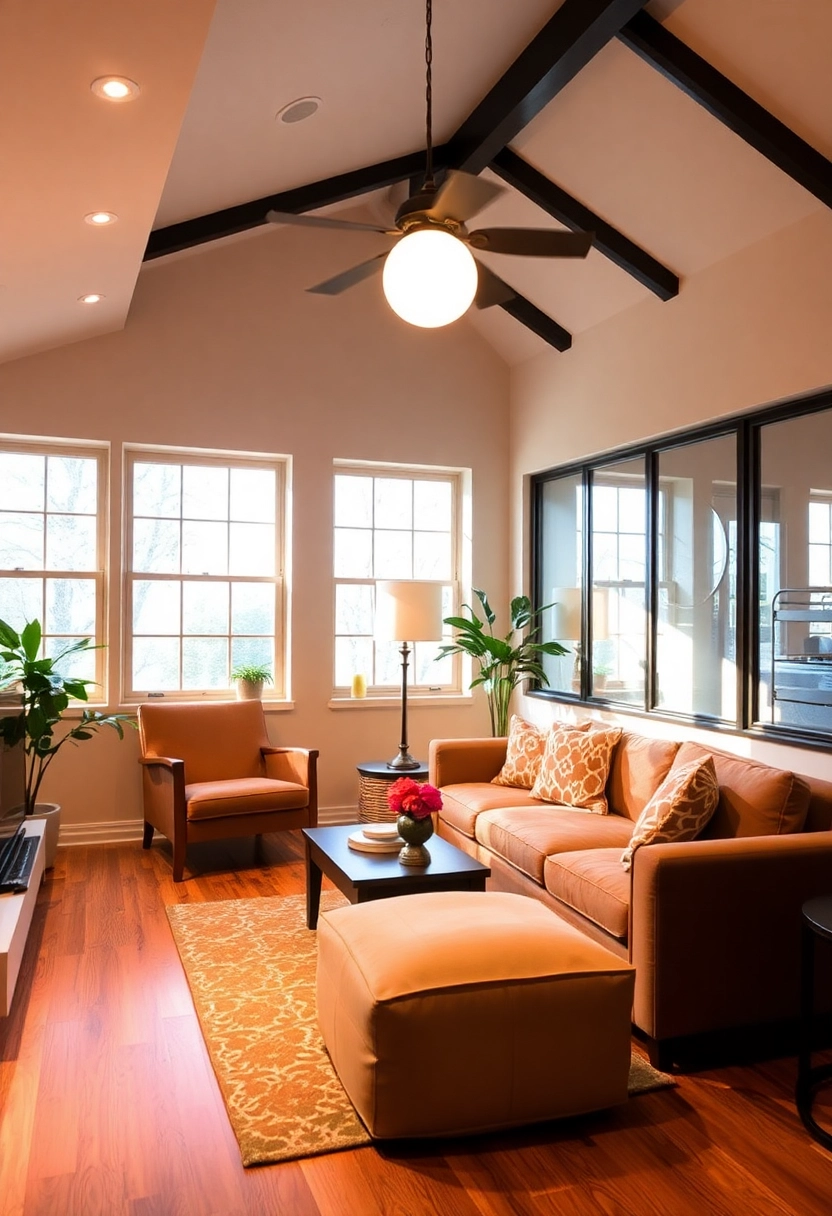
Lighting is a crucial component of interior design, and making energy-efficient choices can significantly reduce your home’s energy consumption. Here are some tips: – LED Bulbs: Replace traditional incandescent bulbs with LED alternatives. They use up to 80% less energy and last much longer, reducing both your energy bills and the frequency of replacements. – Smart Lighting Systems: Consider installing smart lighting systems that allow you to control your lights remotely and set schedules. This can help ensure lights are only on when needed, further conserving energy. – Natural Light: Maximize the use of natural light by strategically placing mirrors and choosing light-colored paint for walls and ceilings. This not only reduces the need for artificial lighting but also creates a more inviting and open space.
Eco-Friendly Furniture
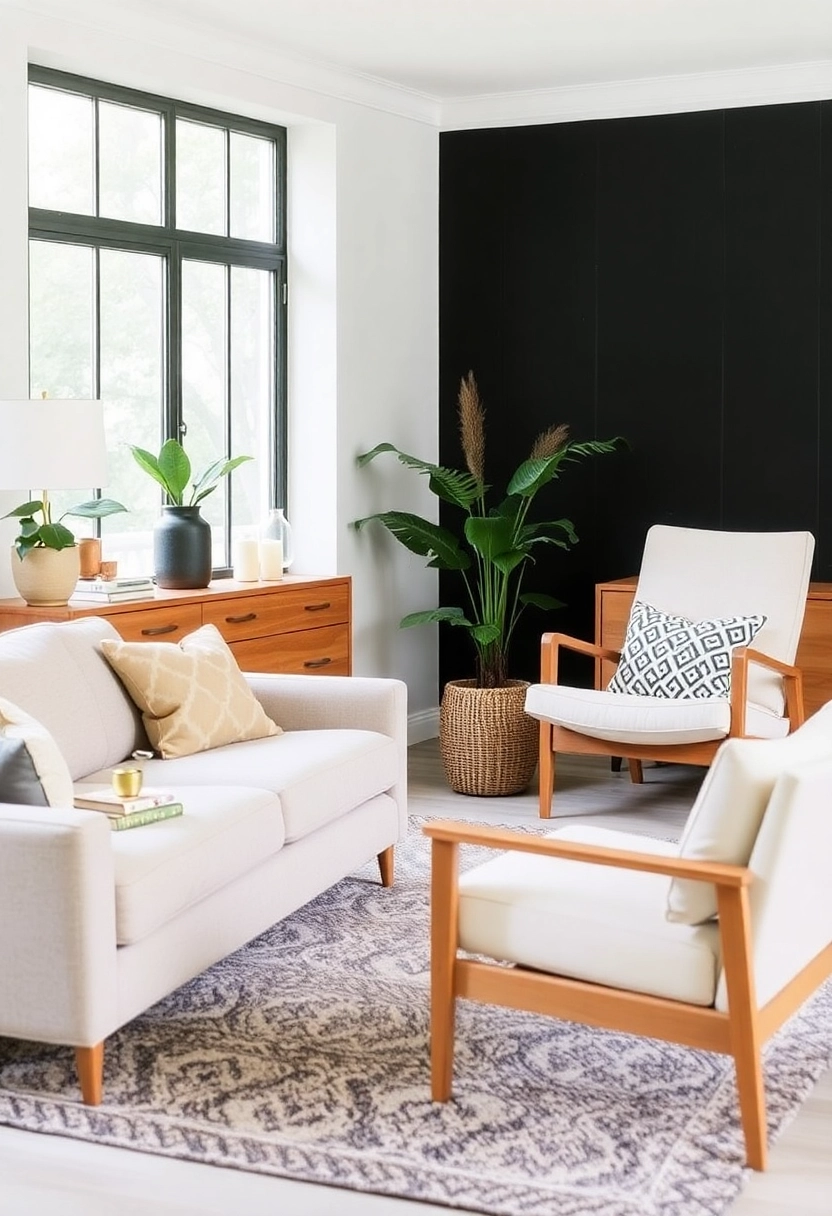
When selecting furniture for your home, consider the following sustainable options: – Vintage and Second-Hand: Purchasing vintage or second-hand furniture is an excellent way to reduce waste and give new life to items that might otherwise end up in a landfill. Plus, these pieces often have unique designs and craftsmanship that add character to your home. – Sustainable Brands: Many furniture companies are now focusing on sustainability, using eco-friendly materials and ethical production practices. Look for brands that prioritize these values and offer transparency about their processes. – Modular Furniture: Opt for modular furniture that can be easily reconfigured or expanded as your needs change. This reduces the need to purchase new items and extends the life of your existing furniture.
Non-Toxic Paints and Finishes
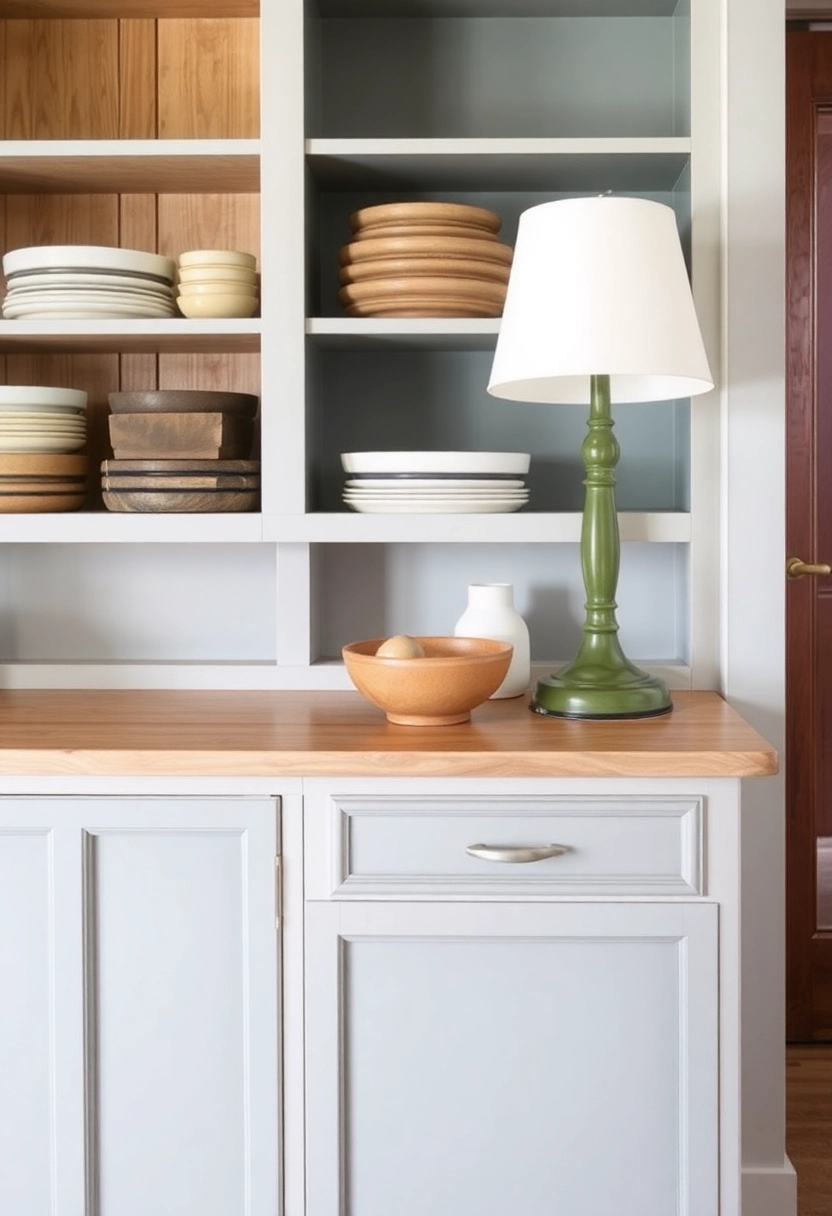
Traditional paints and finishes can release volatile organic compounds (VOCs) into the air, which can be harmful to both the environment and your health. To create a healthier home, consider these alternatives: – Low-VOC or Zero-VOC Paints: These paints have significantly reduced levels of VOCs, making them a safer choice for indoor use. They are available in a wide range of colors and finishes, so you don’t have to sacrifice style for sustainability. – Natural Finishes: Look for natural oils and waxes to finish wood surfaces. These products are made from renewable resources and are free from harmful chemicals.
Indoor Plants for Air Quality
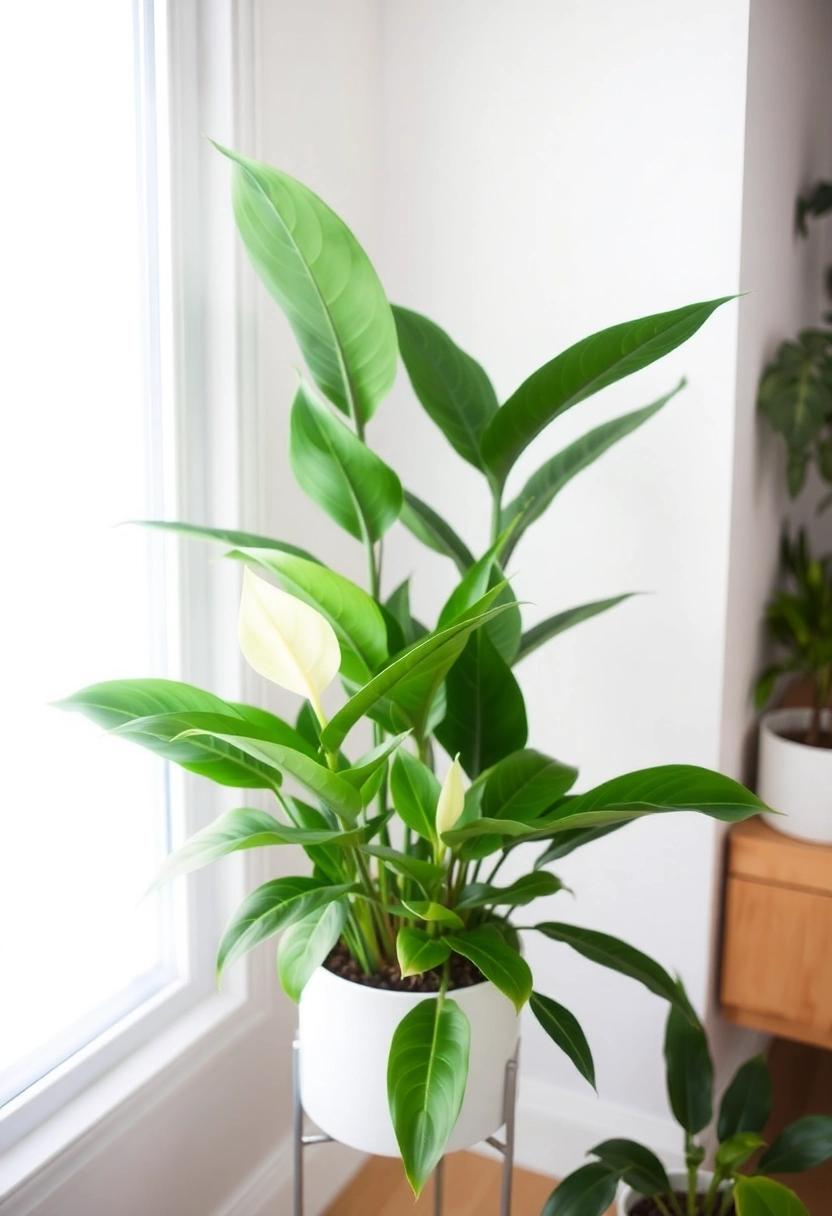
Incorporating indoor plants into your home design is a simple yet effective way to improve air quality and add a touch of nature to your space. Plants like spider plants, snake plants, and peace lilies are known for their air-purifying properties and are relatively easy to care for.
Water Conservation
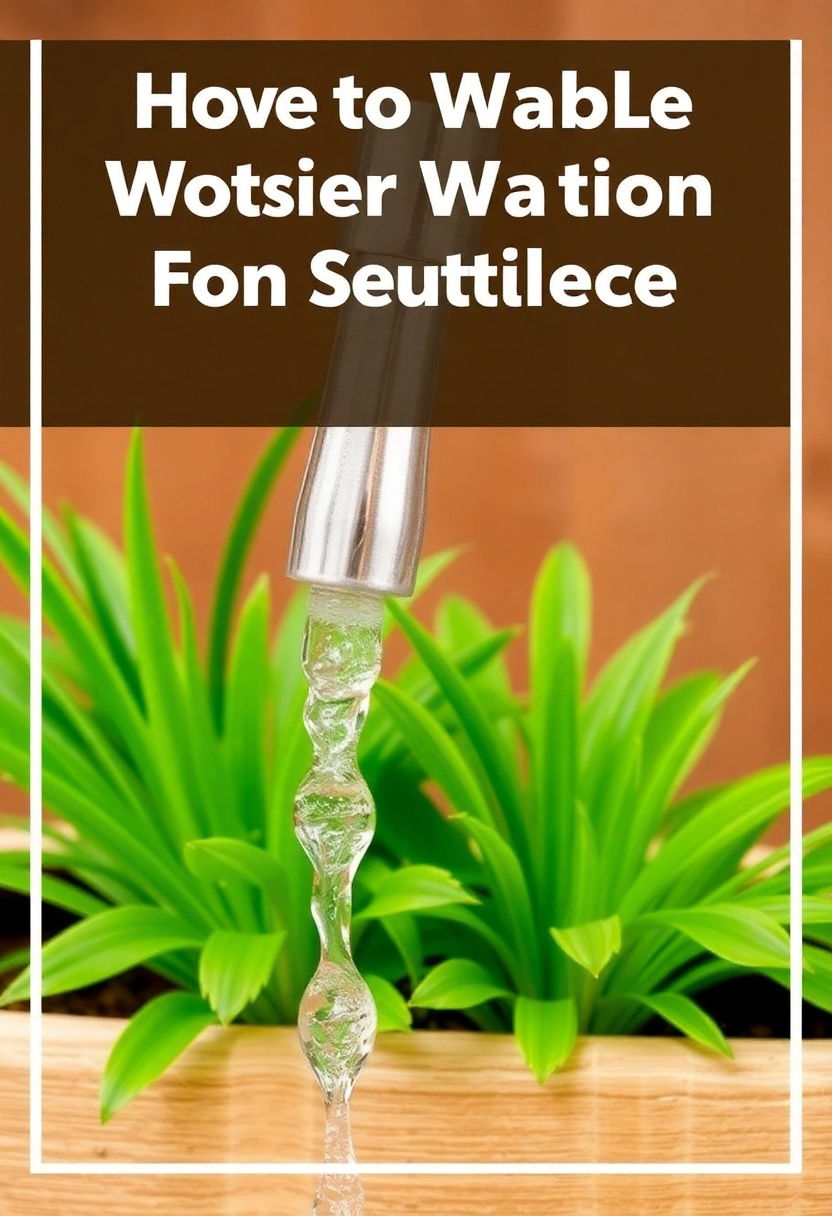
Water conservation is another critical aspect of sustainable interior design. Here are some ways to reduce water usage in your home: – Low-Flow Fixtures: Install low-flow faucets, showerheads, and toilets to reduce water consumption without sacrificing performance. – Rainwater Harvesting: Consider setting up a rainwater harvesting system to collect and reuse rainwater for irrigation or other non-potable uses. – Greywater Systems: Explore the possibility of installing a greywater system, which recycles water from sinks, showers, and laundry for use in toilets or irrigation.
Sustainable Textiles
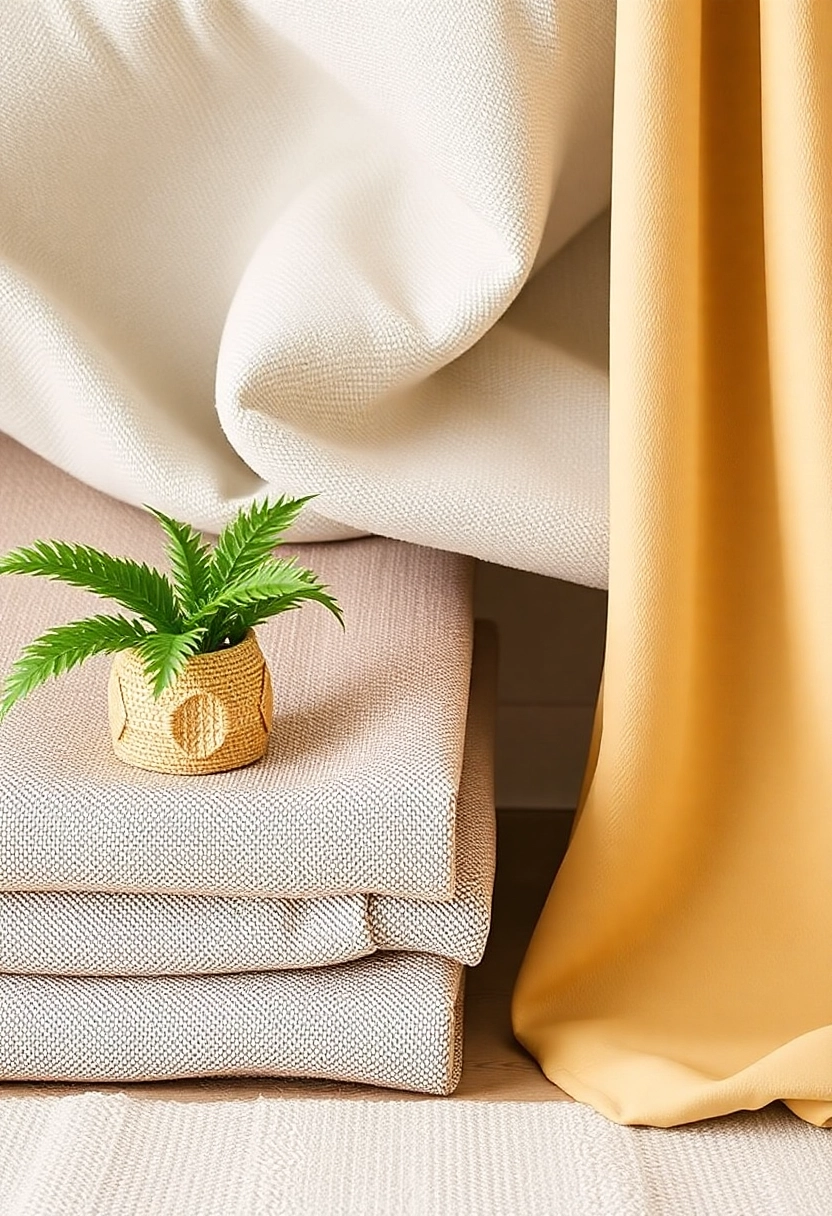
Textiles play a significant role in interior design, from upholstery to curtains to rugs. When choosing textiles, consider the following sustainable options: – Organic Cotton: Organic cotton is grown without the use of harmful pesticides and chemicals, making it a healthier choice for both the environment and your home. – Linen: Made from the flax plant, linen is a durable and biodegradable fabric that requires less water and energy to produce than cotton. – Hemp: Hemp is another sustainable textile option, known for its strength and versatility. It’s also naturally resistant to pests, reducing the need for chemical treatments.
Reducing Waste
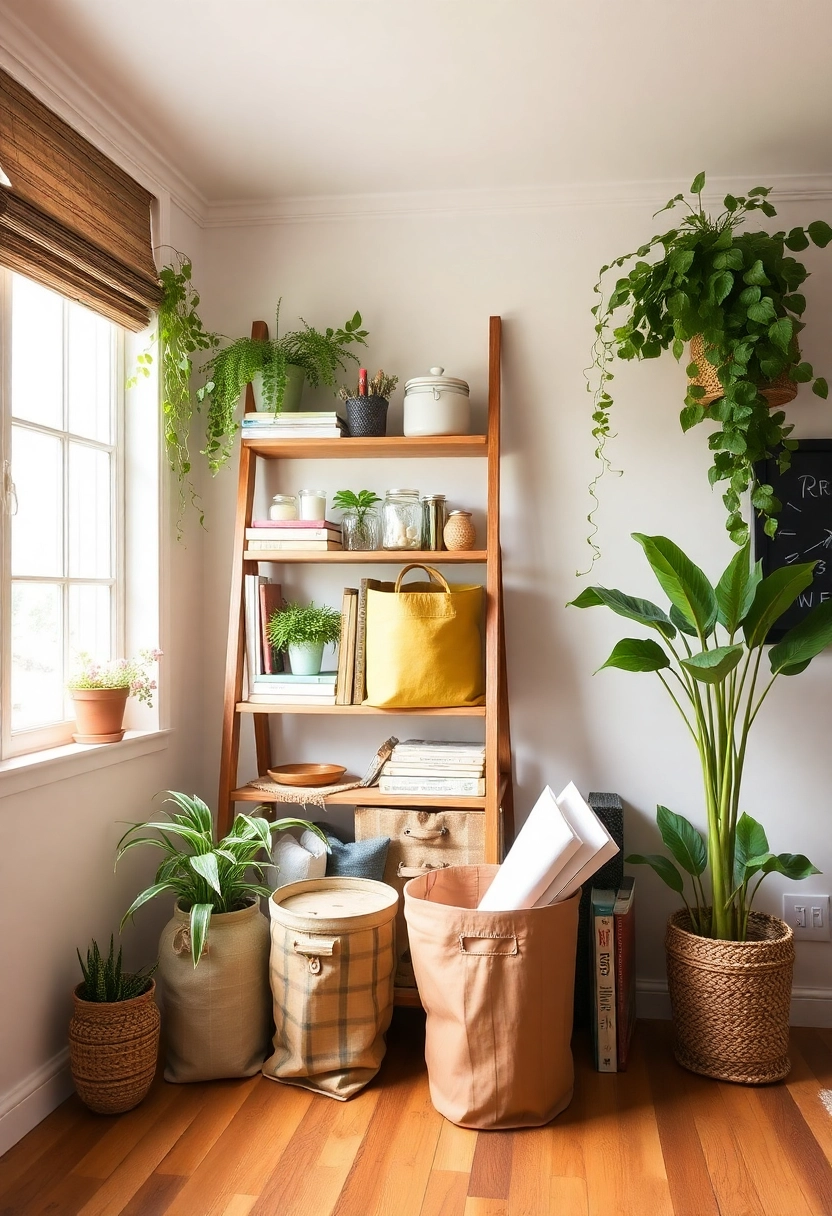
Finally, reducing waste is a crucial component of eco-friendly interior design. Here are some strategies to minimize waste in your home: – Repurpose and Upcycle: Get creative with repurposing and upcycling old items. For example, turn an old ladder into a bookshelf or use mason jars as storage containers. – Minimalist Design: Embrace a minimalist design approach, focusing on quality over quantity. This not only reduces clutter but also encourages more thoughtful consumption. – Recycling and Composting: Set up a recycling and composting system in your home to divert waste from landfills and reduce your environmental impact.
Conclusion
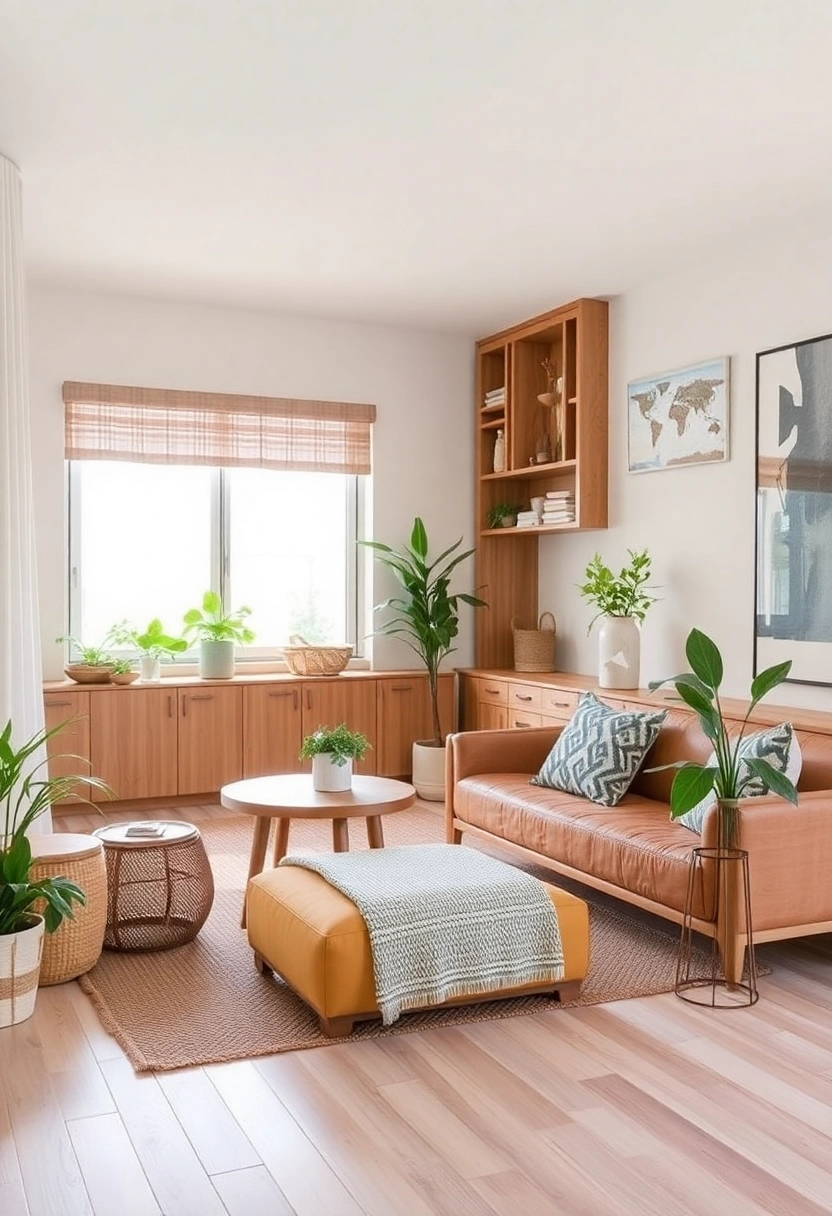
Eco-friendly interior design is not just a trend; it’s a necessary shift towards more sustainable living. By making conscious choices about the materials, products, and practices we use in our homes, we can create spaces that are not only beautiful but also kind to the planet. Whether you’re renovating your entire home or making small changes, every step towards sustainability counts. So, let’s embrace eco-friendly interior design and create homes that reflect our values and commitment to a healthier, more sustainable future.

